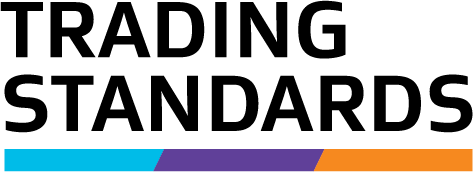Using and maintaining your equipment
Once you've selected an approved type of weighing or measuring equipment, you must use it correctly and ensure it remains accurate.
Using your weighing or measuring equipment
Weighing, measuring or counting goods in front of the purchaser
If you weigh, measure or count goods in front of the purchaser, your equipment must be situated so that they can easily see:
- the weighing or measuring of the goods, and
- the recorded or indicated weight or measure.
Tips for using scales
When you're weighing goods with scales, make sure the indicator is reading zero (0) before you use them.
Taring scales
If you're selling pre-packed goods, or loose goods that you're packaging in front of the purchaser (eg, deli bags or pottles), you must deduct the weight of all packaging from the weight sold. If your scales have a tare button you can use this to zero the weight of the packaging or container before you weigh the goods.
Levelling scales
Scales can be inaccurate if they're not level. Regularly check the level bubble on weighing equipment, if there is one.
Setting the control point on checkweighers
Checkweighers should be set to reject anything below the stated net quantity that they're packing to. Manufacturers and packers who knowingly set their checkweigher to accept products that are below their stated quantity may leave themselves open to prosecution for packing a non-conforming batch.
Ensuring your equipment is accurate
To ensure your weighing or measuring equipment is accurate and meets the requirements of the legislation:
- have it verified by an Accredited Person
- request an annual certificate of accuracy, and
- do your own regular accuracy checks during certification periods.
Verification
You must have your equipment verified and stamped with the Mark of Verification by an Accredited Person before it can be used for trade. An Accredited Person is a company or individual who we've approved to test weighing and measuring equipment.
If the Mark of Verification has fallen off or been removed for any reason, you must have your equipment re-verified by an Accredited Person immediately, as it's an offence to have unverified equipment in use for trade.
For more information see:
Certificate of accuracy
An Accredited Person can issue you with a certificate of accuracy if you ask. This is valid for 12 months from the date of the test and assures consumers that your weighing or measuring equipment has been independently tested.
Example Certificate of Accuracy

Maintaining a current certificate of accuracy for your equipment is voluntary, however having one may provide you with a defence if your equipment is found to be inaccurate (this is termed 'false or unjust' in the legislation).
Note that this defence can only be used if:
- the equipment's certificate of accuracy is current, and
- the operator or owner of the equipment didn't know or have any reason to suspect or believe the equipment was inaccurate.
See Certificate of accuracy for more information.
Do your own checks
There are some simple things you can do to ensure your weighing equipment is accurate between scheduled service checks. We recommend implementing a checking system that includes:
- Ensuring weighing equipment is level and indicates zero before use.
- Daily or weekly accuracy checks using a calibrated test weight, and recording the results.
- Regular checks of the net weight or measure of packaged goods, paying particular attention to in-house packed goods. Remove any incorrectly weighed goods from sale and isolate them from other stock.
You checking system should provide adequate records, and be monitored by management.
